2016 Trek Madone - What we want to see
An ultra-fast, no-compromise, pure aero machine
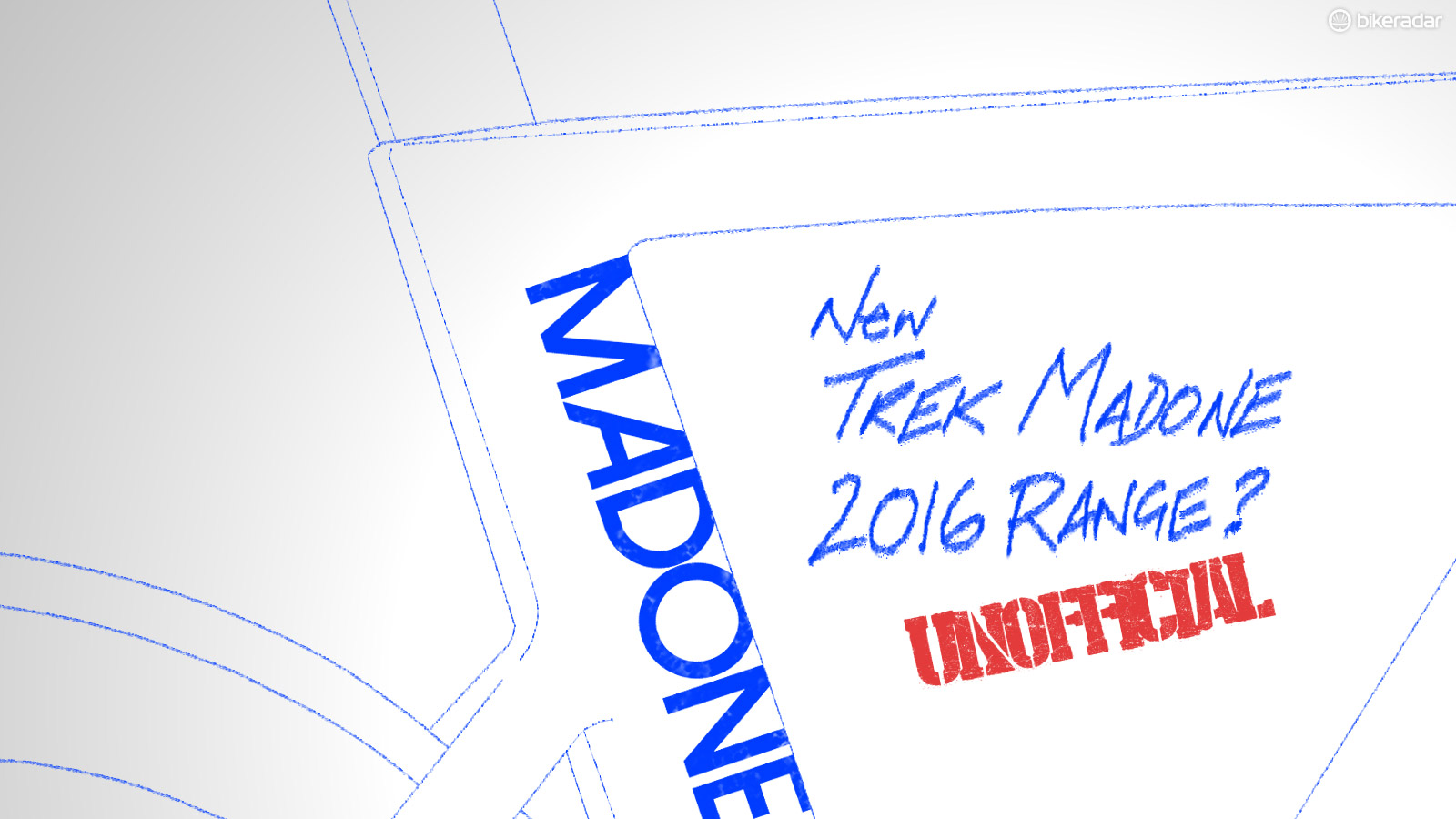
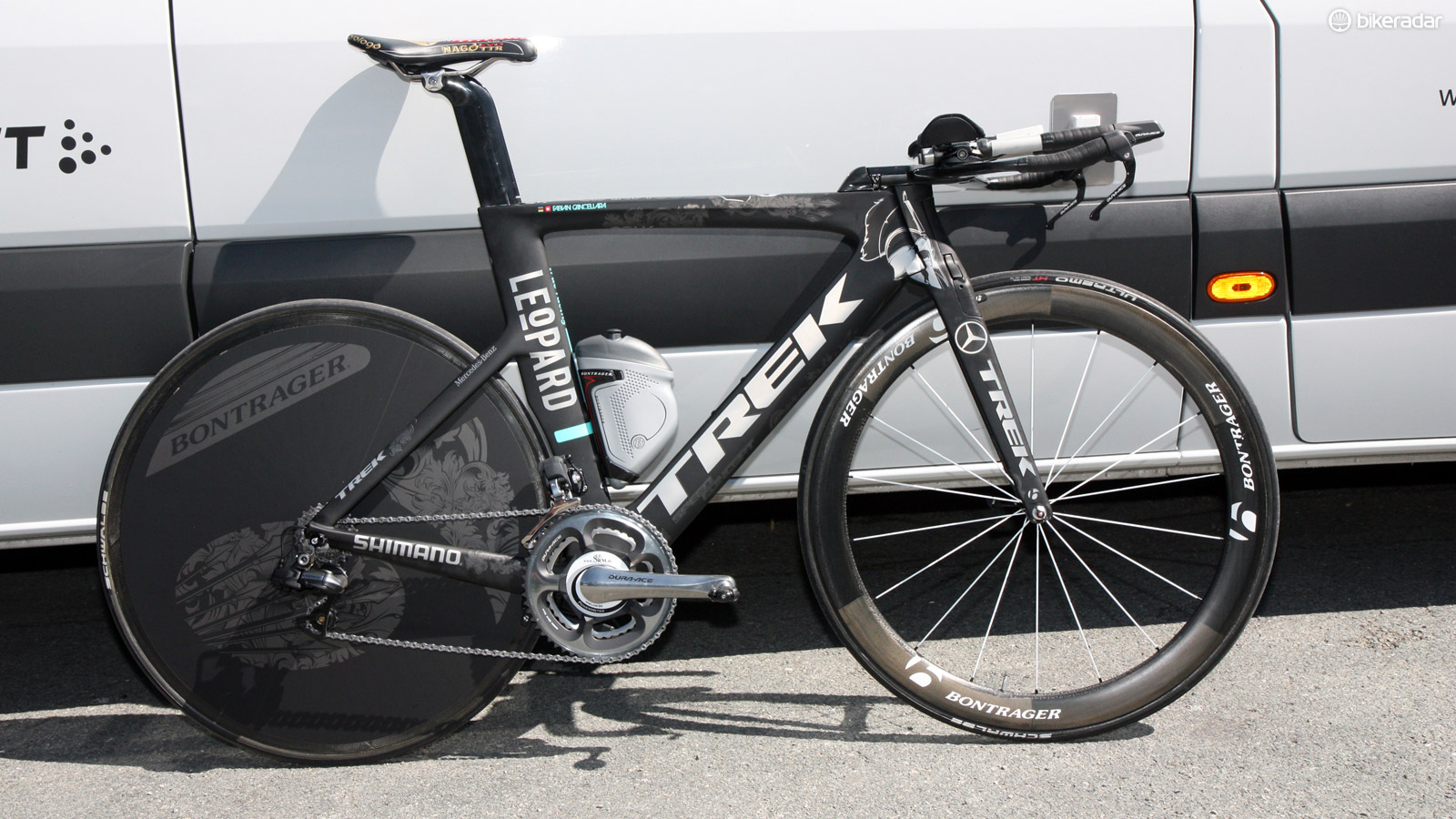
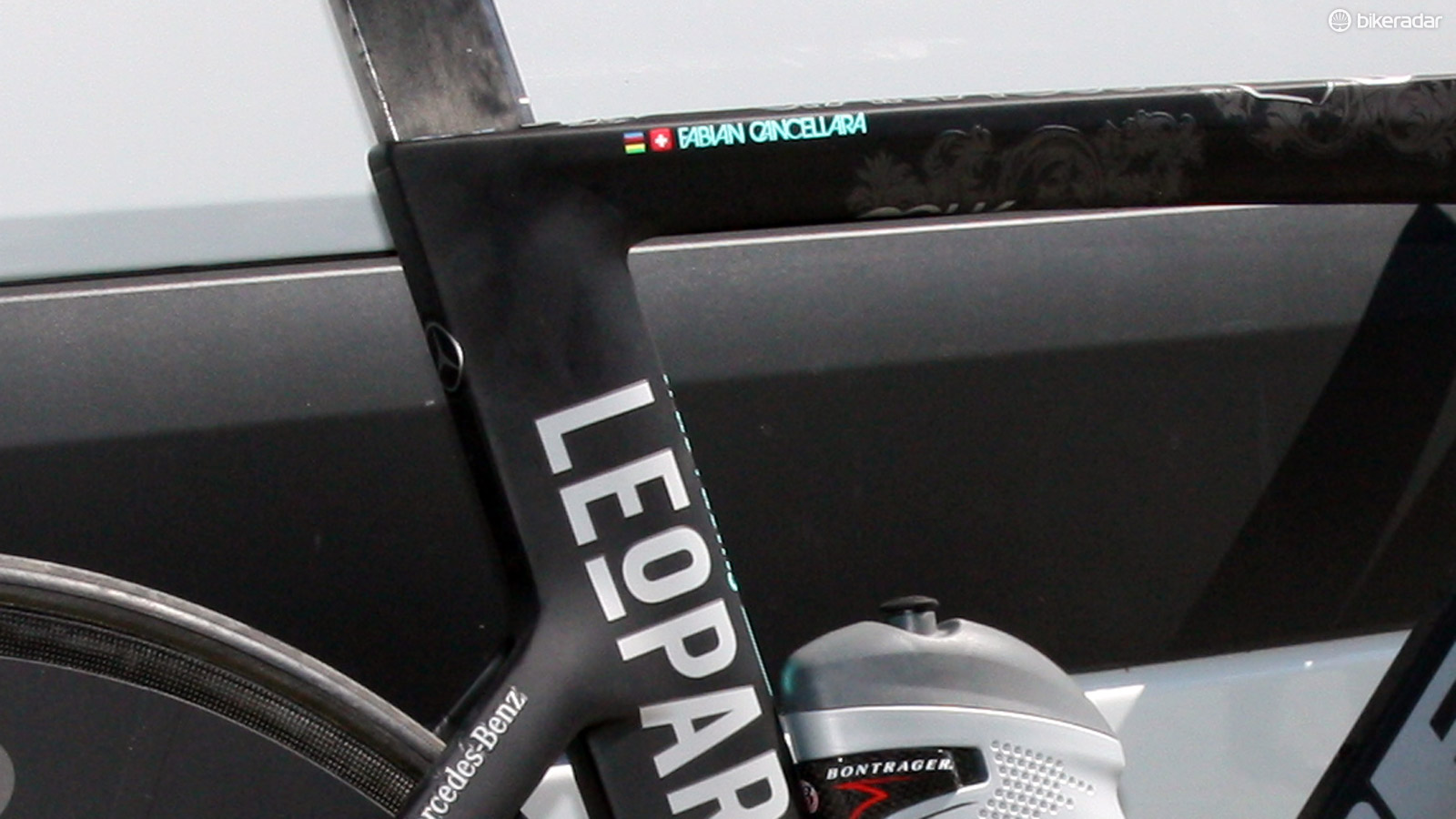
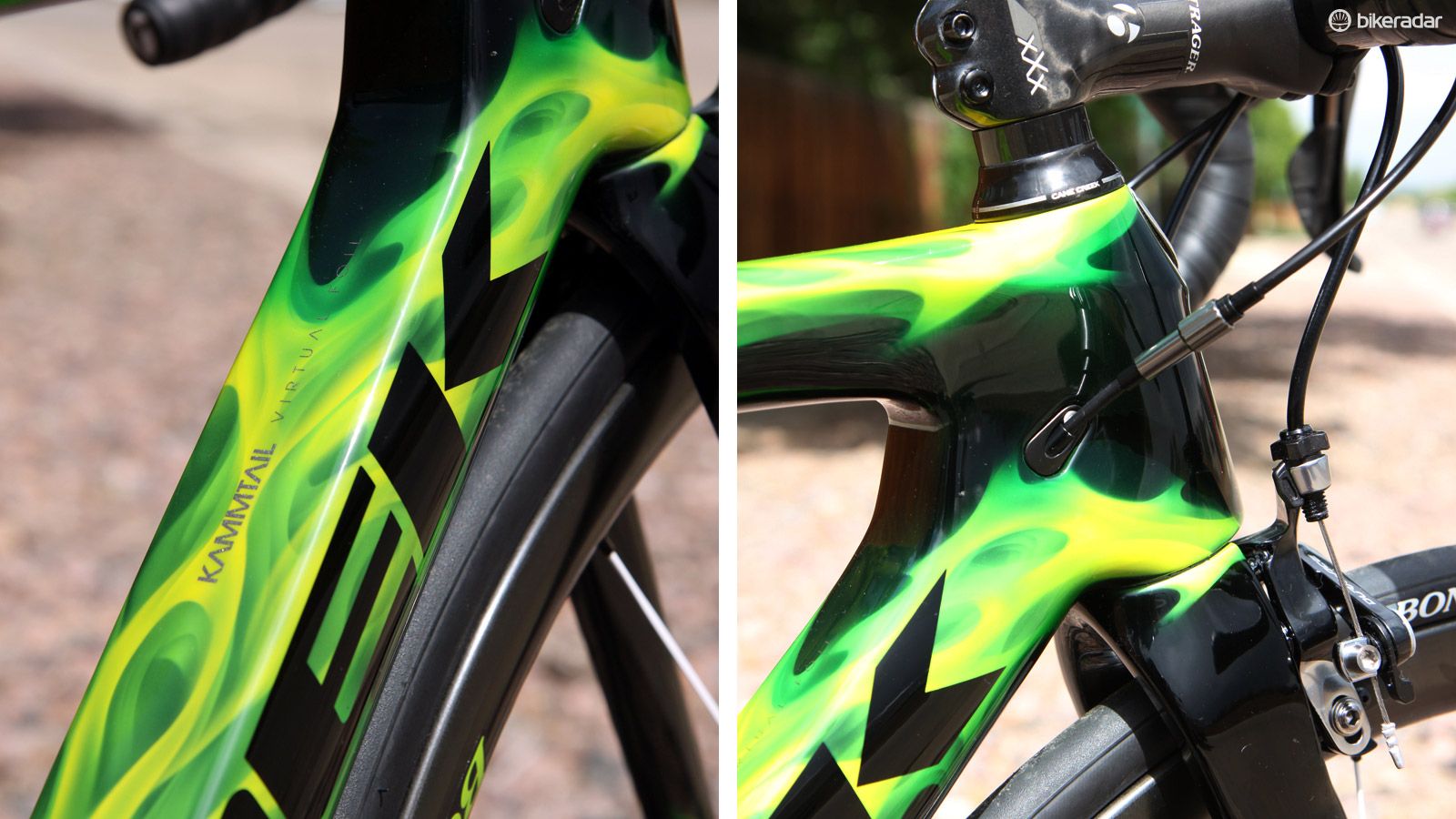
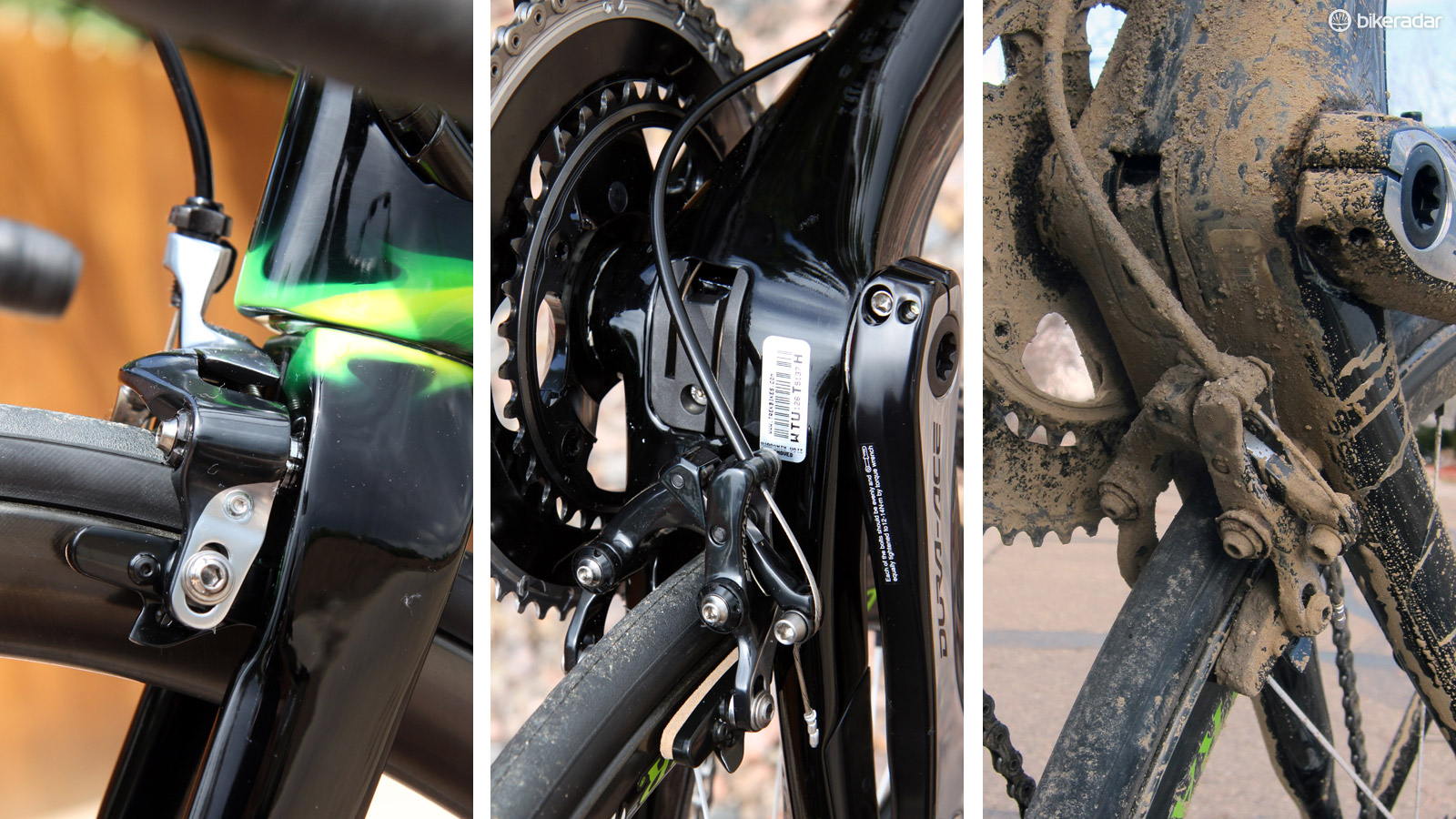
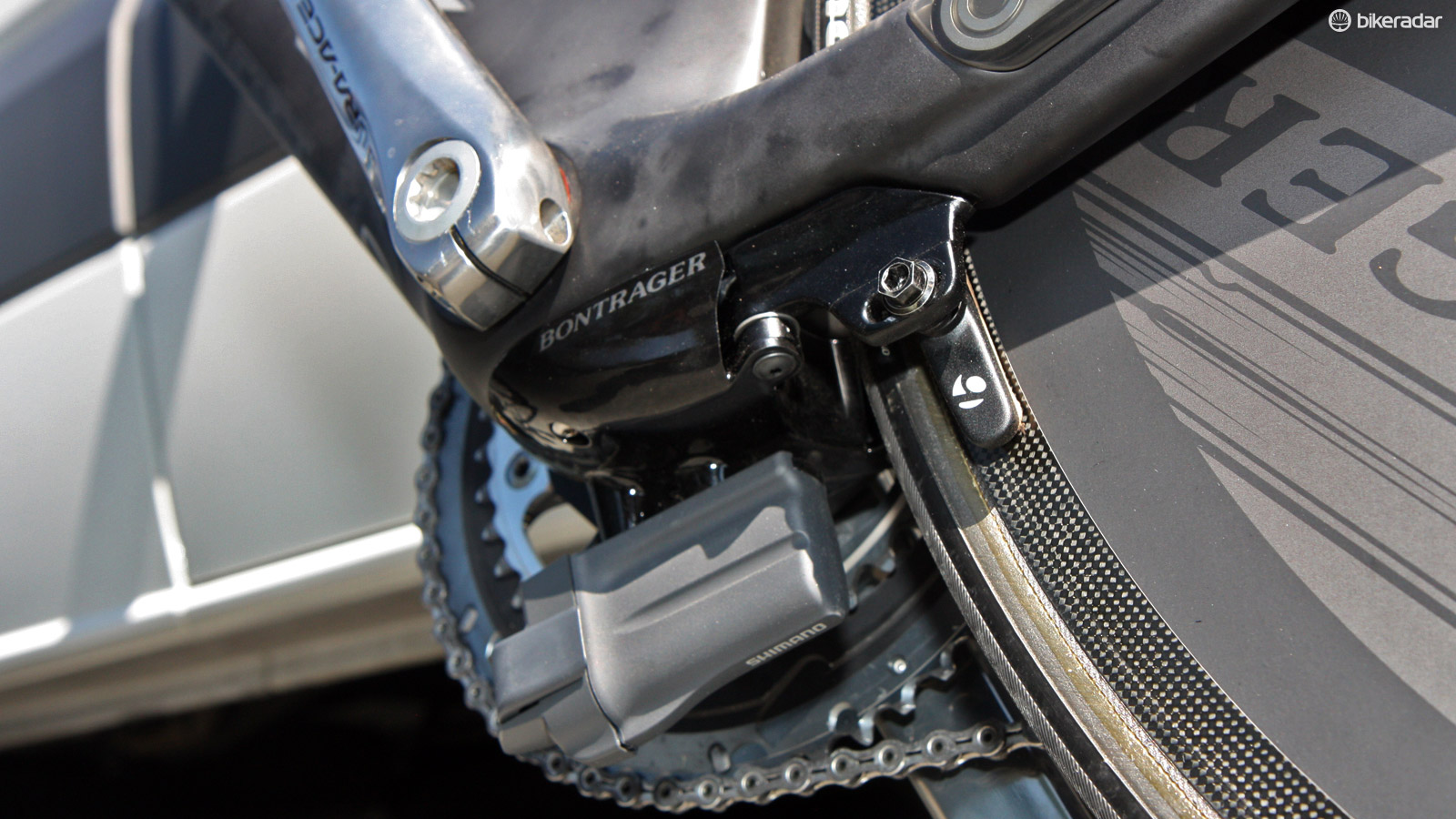

This article was originally published on Bikeradar
Trek launched its current-generation Madone three years ago with the idea that it could be a true all-in-one road racing platform: light enough for the biggest mountain stages, aero enough to spend all day out front in the wind, and comfortable enough to ride all day. Trek itself has since muddied that philosophy with the ultralight Emonda and the remarkably comfortable Domane family, however, so with a new Madone presumably on the horizon, the most logical pathway at this point is to transform the storied nameplate into a more relevant dedicated aero road bike.
Why do we expect that the Madone will go full-blown aero this time around, you ask? Because countless analyses have suggested that save for the most demanding climbs, aerodynamic drag is much more important than weight when it comes to going faster – and given that the Madone will likely continue to be Trek's premier professional race bike, going faster will be the primary goal above all else. Third-party wind tunnel tests have shown, too, that while the current Madone is better than a round-tubed bike in terms of drag, there's still a sizeable gap to dedicated aero machines.
Trek also already has plenty of applicable technology to pump into such a design with years of research on wind-cheating Kamm-tail shapes under its belt. We expect that a proper aero Madone would continue with the distinctively squared-off tube profiles but with much deeper cross-sections derived from the time trial/triathlon-focused Speed Concept. These would likely be tempered somewhat for general road racing use, though, if for no other reason than to make the bike more manageable in the strong crosswinds that so often strike big stage races.
Such an aero-focused Madone would probably feature a considerable amount of component integration as well. Fully internal and convertible routing is a given, possibly with the option of smoothly capped-off ports for use with SRAM's upcoming wireless electronic group. We wouldn't be surprised to see some sort of matching one-piece, aero-shaped carbon bar and stem, either, although Trek would need to produce it in enough sizes to accommodate both the general population and ultra-flexible pro riders.
Trek has demonstrated in the past that it has no fear when it comes to adopting new or different brake standards with direct mount calipers on Emonda and Madone and the latter's decidedly controversial chainstay-mounted rear brake. Might we see something as radical as fully hidden center-pull brakes like on the Speed Concept? Those brakes would have to accommodate a broad range of rim widths and they'd certainly make more work for the mechanics, but in the name of speed, anything goes. Ridley and BMC have already paved the way in this department with their respective Noah FAST and TMR01 models so such an idea wouldn't be without precedent.
And what about disc brakes? There have been lots of rumblings about the technology finally making its way into the top ranks of the sport but even if that doesn't come to pass this season or next, Trek has to at least be investigating the idea for this next-generation Madone. Shimano's new flat mount standard is likely but given the bike's use at the WorldTour circuit, don't expect thru-axles of any sort except possibly on the disc version (where mechanics would be more likely to just swap complete bikes instead of individual wheels, anyway).
Get The Leadout Newsletter
The latest race content, interviews, features, reviews and expert buying guides, direct to your inbox!
If the next-generation Madone does go full aero, it would likely be the first time Trek has introduced a new version that was actually heavier than the one it replaces. Weight isn’t as much a concern as it used to be, however, at least on the WorldTour. There's more than enough wiggle room to make the frame heavier – but faster – and still easily hit the current 6.8kg minimum weight mandated by the UCI. Continuing advances in carbon technology may make it so that a proper aero Madone might somehow be able to maintain the same weight as current versions but we'd expect a modest bump.
Trek is set to launch a new road product at the end of May but there's been no word on what it is – and naturally, company representatives have been expectedly coy.
"There is nothing available at this time," said Trek road brand manager Michael Mayer. "At Trek we are always in development of new technology and testing internally and with our race teams. We will officially release information on new product developments when it is available for all riders to enjoy around the world."
Might the debut be a new aero Madone, or maybe an update to the popular Domane? We don't know just yet but the idea of an ultra-modern, slippery Madone certainly sounds appealing enough. Time will tell.